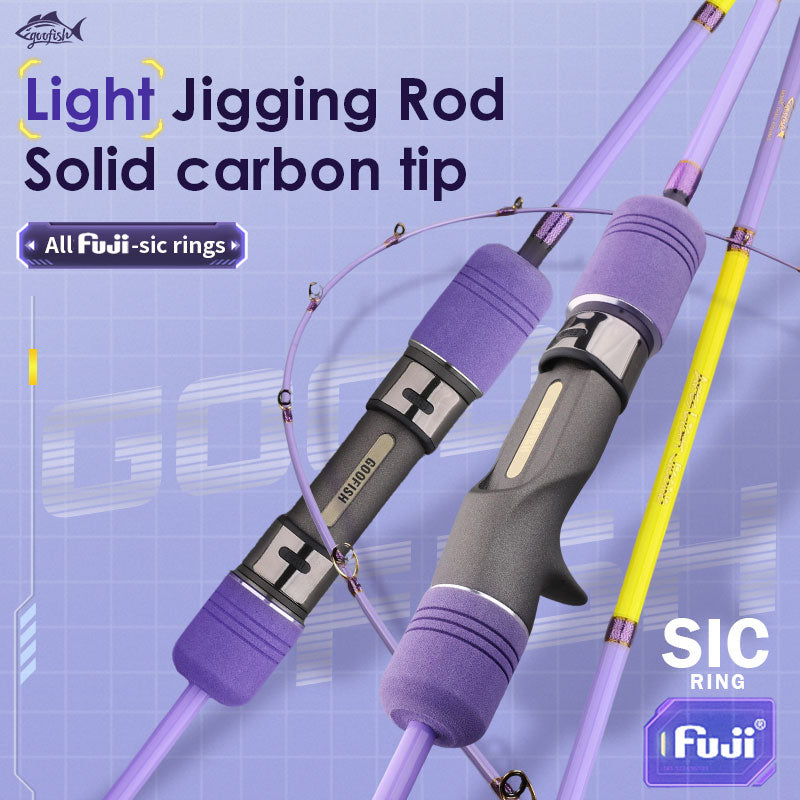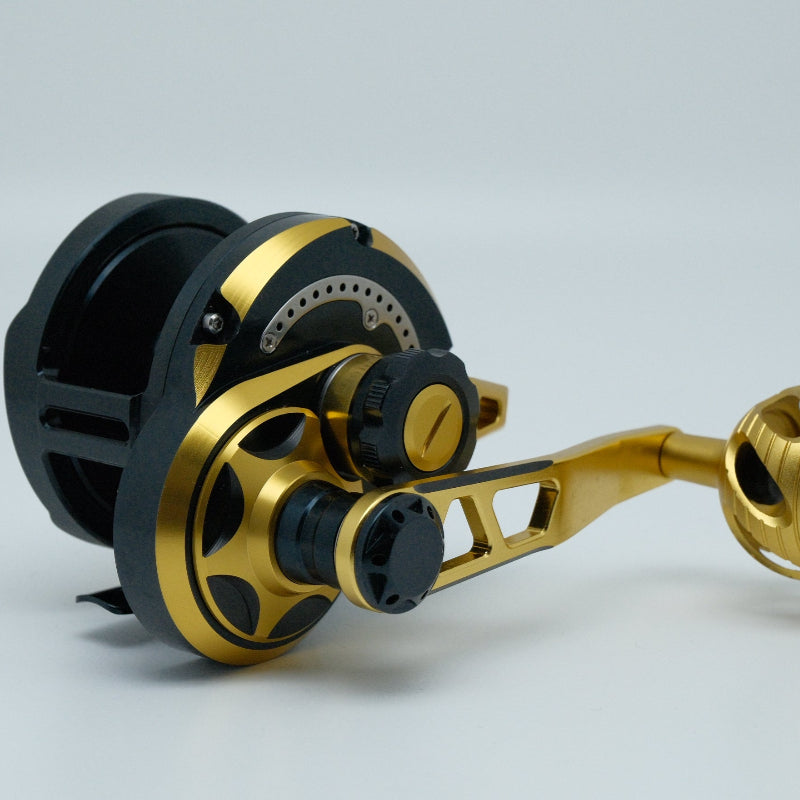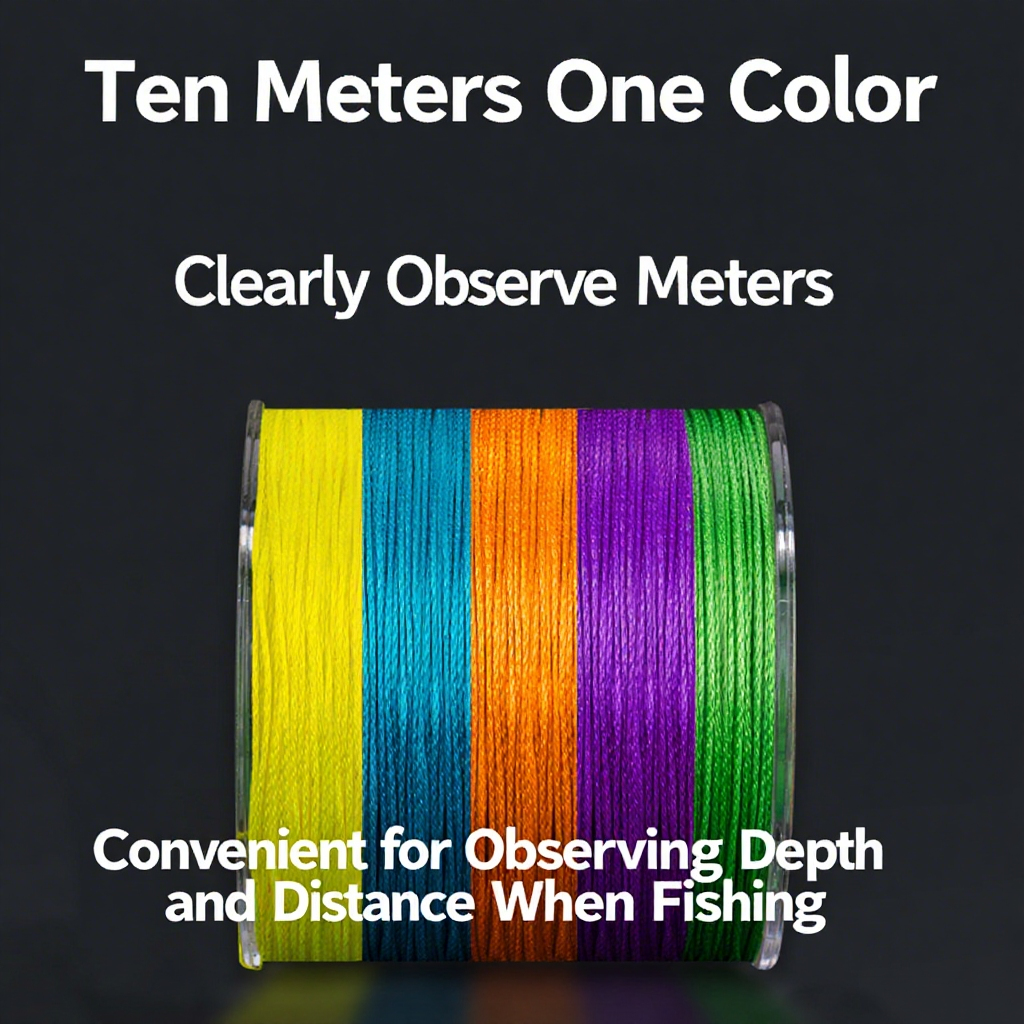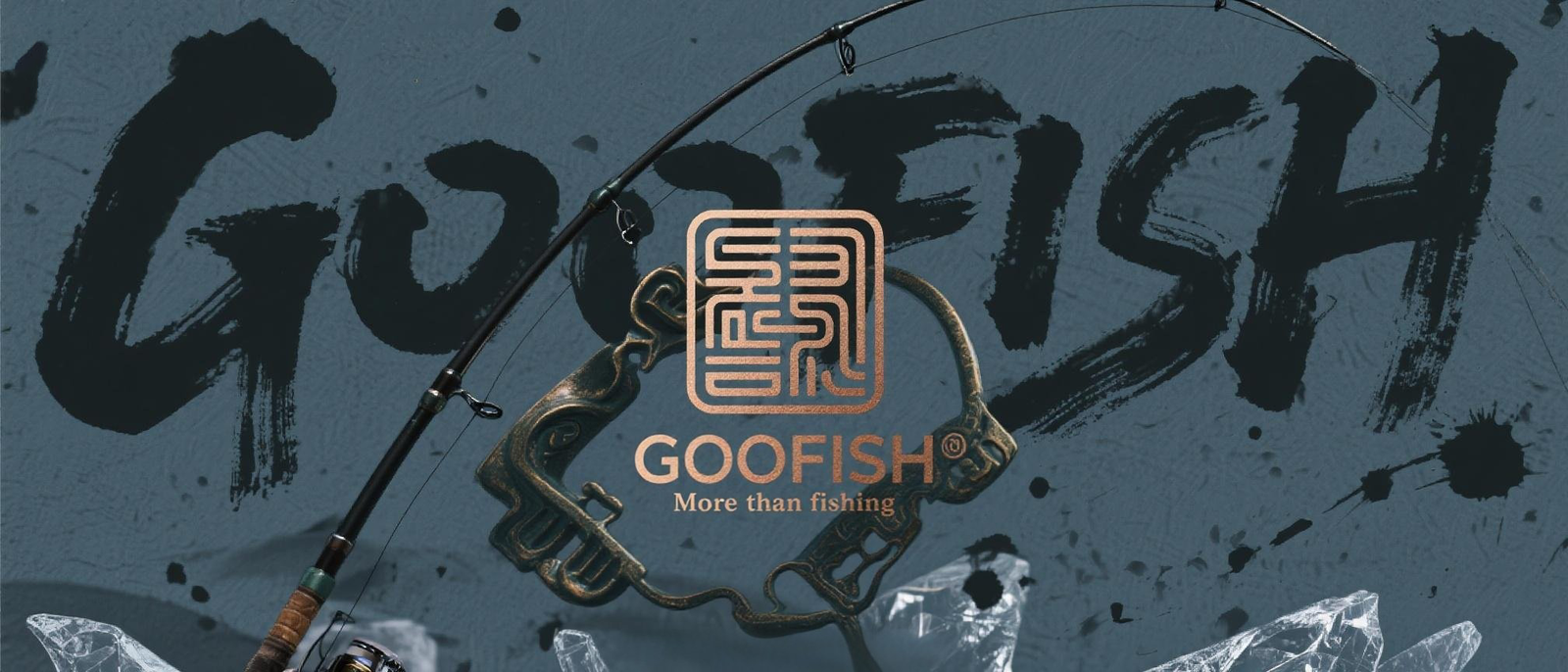Mastering Amberjack Fishing: Essential Rods, Gear for Tackling Greater Amberjack & Yellowtail
Introduction: The Thrill of Amberjack & Yellowtail Fishing
For saltwater anglers, few experiences match the rush of battling a powerful greater amberjack or sleek yellowtail. These aggressive, fast-swimming species demand specialized fishing gear—and at the core of any successful setup is the right rod. In this guide, we’ll dive into the best amberjack rods, amberjack fishing gear, and strategies to target both greater amberjack and yellowtail, ensuring you’re equipped for action offshore.
1. Choosing the Perfect Amberjack Rod: Strength, Action, and Versatility
Selecting the right rod is non-negotiable for amberjack and yellowtail fishing. These fish hit hard and fight with relentless energy, so your rod must balance power, sensitivity, and durability.
Key Features to Look For:
- Power Rating: Aim for medium-heavy to heavy power rods. Greater amberjack (often reaching 50+ pounds) require stouter blanks, while yellowtail (typically 10–30 pounds) respond well to medium-heavy rods for precise casting and control.
- Action: A fast-action tip is ideal for feel and hook-setting, especially when targeting finicky fish in deep water. The stiff backbone helps handle explosive strikes, while the flexible tip improves sensitivity to bites.
- Length: For trolling or casting, 7–8-foot rods offer a balance between casting distance and leverage. Shorter rods (6–7 feet) are great for inshore or jigging fishing, where maneuverability is key.
Top Amberjack Rod Recommendations:
- Trolling Rods: Opt for heavy-power, 8-foot rods designed for heavy baits or lures, built with graphite for sensitivity.
- Casting Rods: Medium-heavy, fast-action rods (7–7.5 feet) for jigging or live-baiting, allowing quick presentations in structure-rich zones.
Pro Tip: Pair your rod with a high-quality fishing reel (spinning or baitcasting) loaded with braided line (50–80-pound test) for abrasion resistance and strength.
2. Essential Amberjack Fishing Gear: From Line to Lures
Beyond your rod, the right gear transforms your chances of landing these game fish. Focus on durability, stealth, and versatility to adapt to varying conditions.
a. Fishing Line: Braided vs. Mono
- Braided Line: The go-to choice for amberjack and yellowtail. Its zero-stretch properties deliver pinpoint sensitivity and superior hook-setting power. Use 50–80-pound test for deep-water battles or heavy structure, and 30–50-pound test for inshore jigging.
- Mono Leader: Back your braid with a 10–15-foot monofilament leader (100–150-pound test) to reduce visibility and prevent line chafe on rocks or reefs.
b. Terminal Tackle: Hooks, Swivels, and Sinkers
- Hooks: Use strong, sharp circle hooks (size 5/0–8/0) for live or cut bait to ensure safe, ethical hooksets. For artificial lures, opt for weedless treble hooks to avoid snagging on structure.
- Swivels & Snaps: High-quality ball-bearing swivels (size 8–10) prevent line twist, especially when trolling or using jigs. Quick-change snaps save time when switching lures.
- Sinkers: Lead weights (2–10 ounces) or bank sinkers for drift fishing; use heavier weights when bottom-bouncing live bait in strong currents.
c. Artificial Lures & Bait
- Jigs: Castable jigs (1/2–3 ounces) in chartreuse, purple, or white mimic squid or baitfish. Slow-pitch or vertical-jigging techniques work best near structure.
- Spoons: Heavy-duty spoons (3–8 ounces) like the Hopkins Shorty or Mirrolure Mirrodine entice aggressive strikes, especially when trolled or cast into schools.
- Live Bait: Live pinfish, menhaden, or mackerel are killer for greater amberjack and yellowtail. Rig them on a stinger hook rig for maximum hook-up ratio.
3. Targeting Greater Amberjack vs. Yellowtail: Strategy Matters
While both species share similarities, their habitats and behavior demand tailored approaches.
a. Greater Amberjack (Gag): The Brute of Offshore Reefs
- Habitat: Structure-rich zones like oil rigs, wrecks, and deep reefs (100–300 feet). They school in tight groups, especially during summer spawning runs.
- Tactics: Troll live baits (rigged on a downrigger or planer board) or slow-jig heavy spoons vertically. Use your amberjack rod’s power to horse them from structure—be ready for blistering runs!
- Gear Tip: Opt for heavier rods (8-foot heavy power) and 80-pound braid to handle their raw power.
b. Yellowtail: The Speedster of Inshore & Midwater
- Habitat: Coastal waters, nearshore reefs, and piers (10–100 feet). They’re often found chasing bait schools or lingering under floating debris.
- Tactics: Cast jigs or spoons to schools and retrieve with aggressive hops. Live-bait rigging (tied on a Carolina rig) works magic for finicky yellowtail.
- Gear Tip: Lighter-medium-heavy rods (7-foot fast action) offer better control for delicate presentations, paired with 50-pound braid and a 100-pound mono leader.
4. Safety & Maintenance: Don’t Overlook These Essentials
Fishing for powerful species requires preparation:
- Rod Holders: Secure your amberjack rod with sturdy holders (e.g., rod pods or gimbal-mounted holders) to prevent loss during big strikes.
- Gloves & Pliers: Cut-resistant gloves protect hands from line cuts, while locking pliers assist with tough hook removals.
- Rod Care: After each trip, rinse your rod with fresh water to remove salt and debris, and store it in a cool, dry place to preserve graphite blanks.
Conclusion: Ready to Dominate the Amberjack Battle?
Mastering amberjack and yellowtail fishing starts with the right tools—and that means investing in a quality amberjack rod and fishing gear tailored to the task. Whether you’re chasing greater amberjack offshore or testing your reflexes against speedy yellowtail, the right setup turns frustration into triumph. Remember: patience, persistence, and proper gear are the keys to unlocking the secrets of these magnificent game fish.
Ready to gear up? Share your favorite amberjack fishing tips in the comments below!











Leave a comment